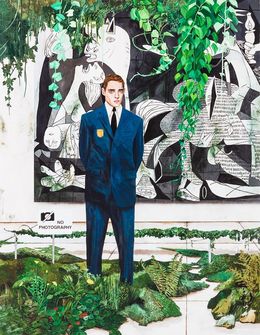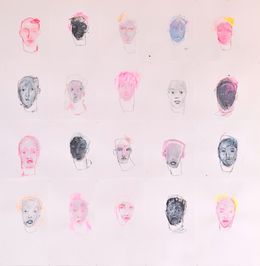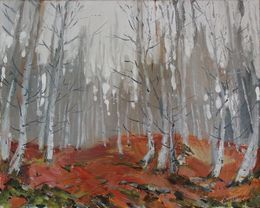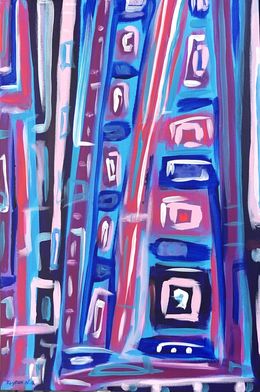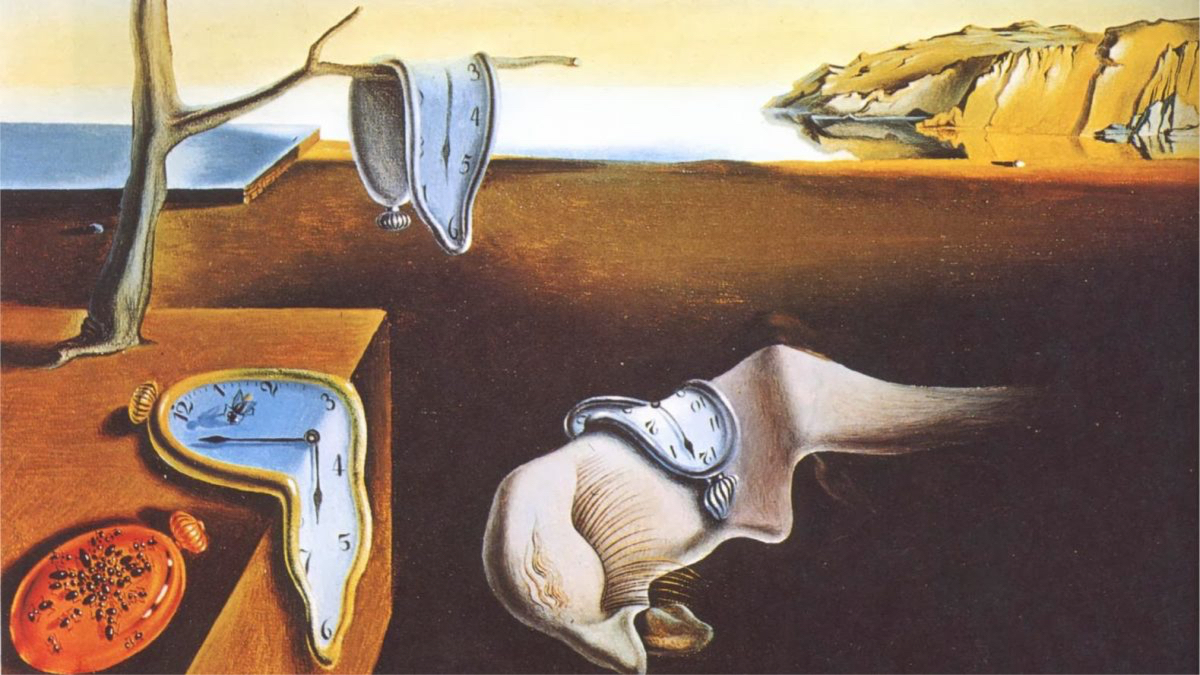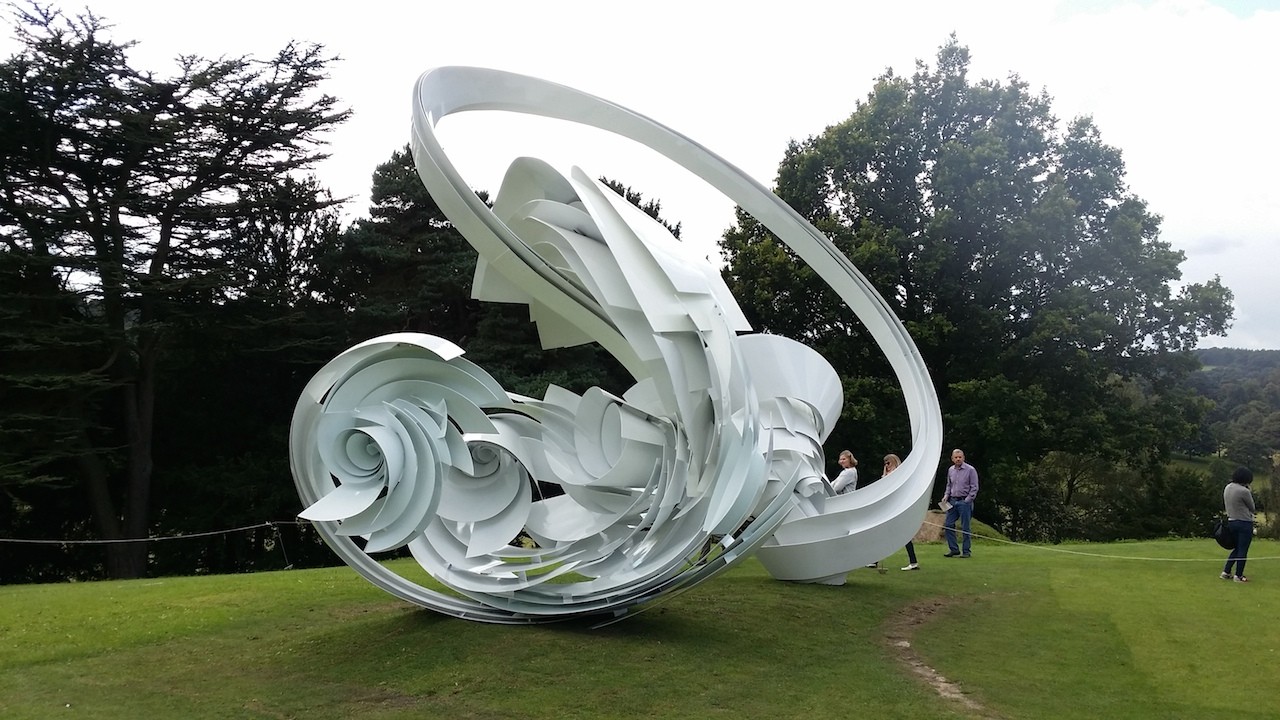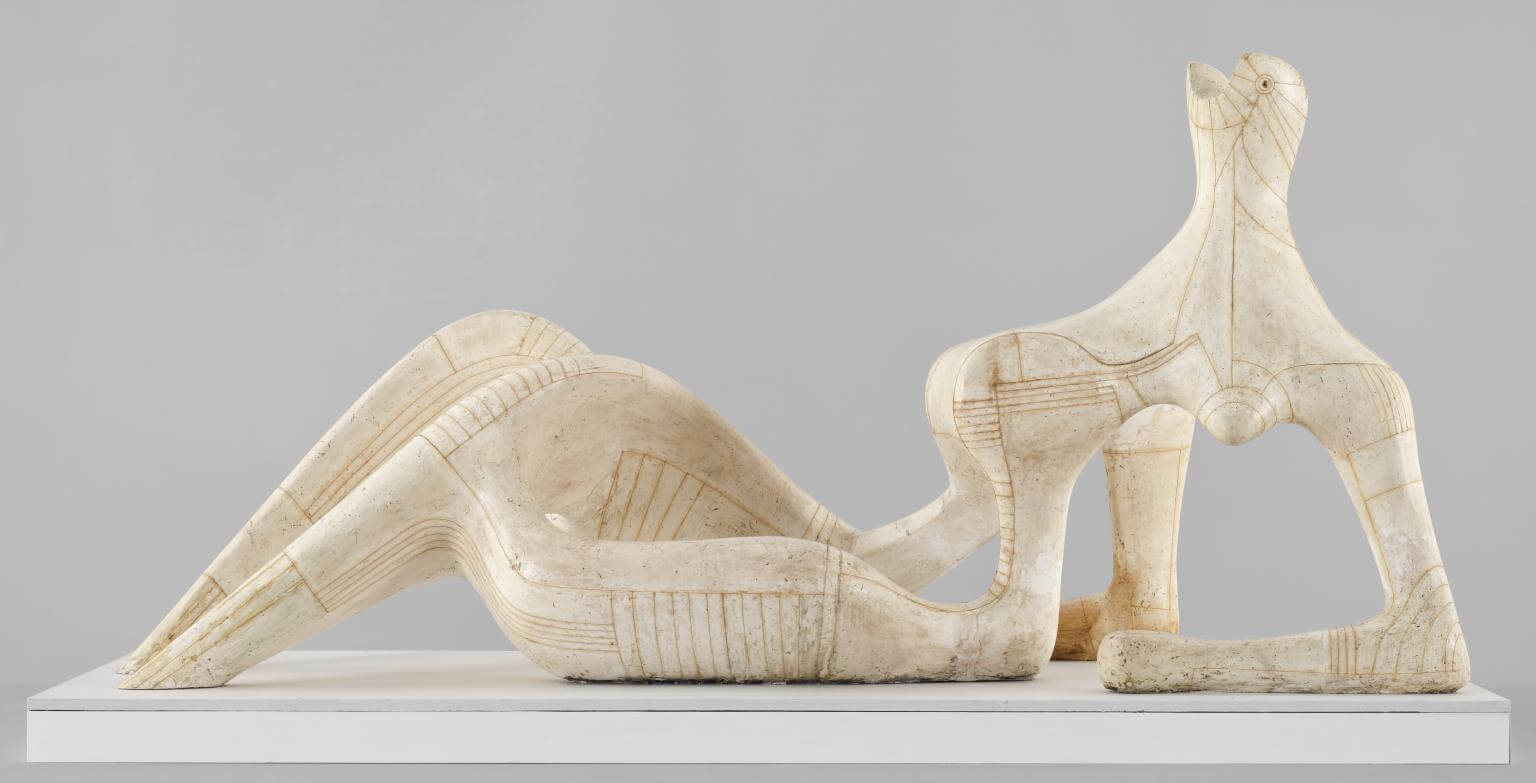
A Look Into Henry Moore And The Human Figure
Henry Moore was the most recognized English sculptor of the 20th-century. He had the ability to borrow the visual language of past artistic movements while creating a singular style. He found inspiration in Constructivism and Surrealism, movements that normally oppose one another. One also perceives in his sculptures a strong influence of non-Western art and Primitivism; all these sources of inspiration make his work unique. Join Artsper in uncovering the sculptures of Henry Moore and their relationship to nature as well as the human form.
A sculptural revolution
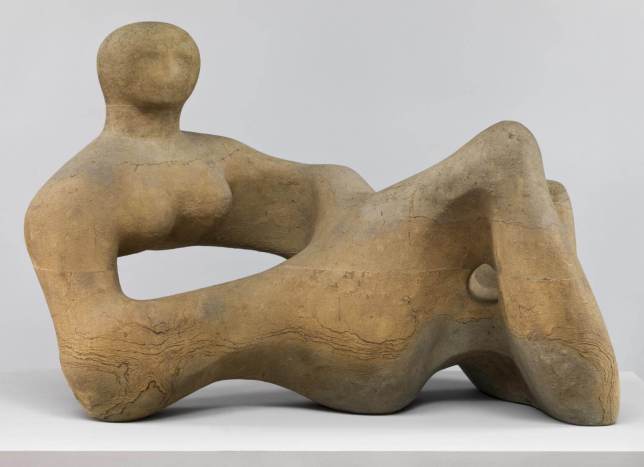
Henry Moore was born in 1898 and reached the peak of his career in the 1930s. His work is thus considered as part of Post-War Modernism, during which art represented optimism and modernism against fascism. Moore finds a particular interest in the shapes of the human body, which he exploits through a semi-abstract style. If one compares his sculptures to those of his contemporaries, it is obvious that Moore has more Avant-Garde inspirations.
Although modern sculpture surely didn’t start with Henry Moore, he is nonetheless considered one of his pioneers, specifically in England and in the field of human sculpture. His large popularity can be justified by the fact that, although his works are Avant-Garde, they remain familiar to the public. By finding inspiration in the history of sculpture from past centuries, but also in nature, Moore’s sculptures feel accessible to us. His many eclectic inspirations and his distinctive style which unites space and form make him one of the great names of modern sculpture.
Between nature and the human form
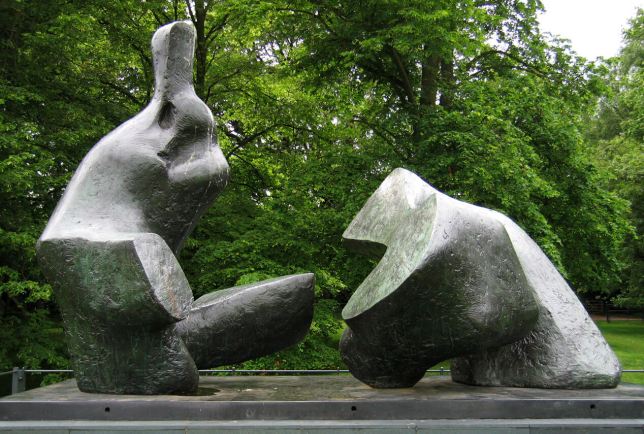
The place of nature is indissociable from Henry Moore’s sculpture. Nature is the greatest source of inspiration for the artist, and it is reflected in his work in different ways. His sculptures recall the shapes of natural materials, of different rock surfaces, for instance. His human figures are rarely detailed; they come in large forms, which harmoniously combine smooth surfaces with sharp sides.
Henry Moore writes: “The whole of nature is an endless demonstration of shape and form. It always surprises me when artists try to escape from this.” From a young age, he started collecting objects found in nature: pebbles, bones, pieces of wood, and even seashells. In communion with nature and its shapes, Moore’s sculptures thus naturally blend into the landscape. His sculptures often give the impression of being rocks that, although monumental, could have been found organically in nature.
Henry Moore and outdoor art

Not only are Henry Moore’s sculptures inspired by nature, but they are also conceived to be exhibited in it. The place of art in public spaces has always been a topic of debate and disagreement. The public has often shown opposition against sculptures placed outdoors, in their familiar landscapes. For Henry Moore, there is no doubt: sculpture has a place in public. Even more, it is outdoors where it truly belongs. He writes: “Sculpture is an art of the open air. Daylight, sunlight is necessary to it…I would rather have a piece of my sculpture put in a landscape, almost any landscape, than in or on the most beautiful building I know.”
And it is probably because Moore finds his inspiration in landscapes that his sculptures assimilate within them so well. He describes his work himself as a “distortion of the form to make it coincide with the space.” Now, his works can be found in each corner of the world; like a reminder from the artist that art and nature are one.

About Artsper
Founded in 2013, Artsper is an online marketplace for contemporary art. Partnering with 1,800 professional art galleries around the world, it makes discovering and acquiring art accessible to all.
Learn more



